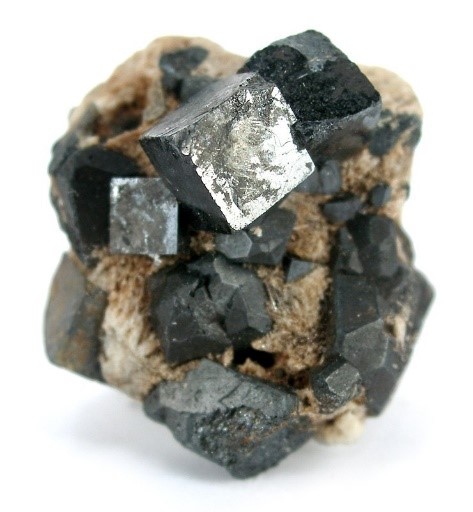Free Courses Sale ends Soon, Get It Now


Free Courses Sale ends Soon, Get It Now



Disclaimer: Copyright infringement not intended.
Context
What is a perovskite?
Clean energy applications of perovskites
Closing Thoughts
Cheaper to produce and better at absorbing higher energy forms of light, perovskite materials have the potential to replace silicon in solar panel technology.
|
PRACTICE QUESTION Q) What is a perovskite? Write a note on the Clean energy applications of perovskites. |
© 2024 iasgyan. All right reserved